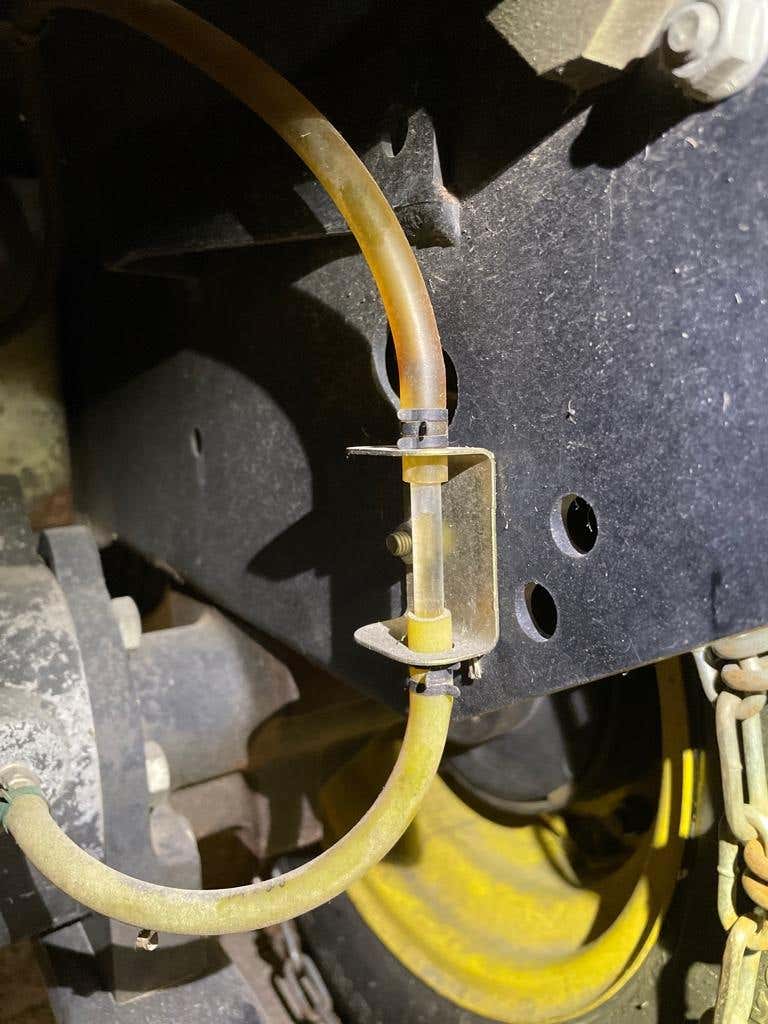Hi All,
I’m new to tractors and hydrostatic tractors. How do you check your transaxle fluid? With the tractor running after its warm? After you’ve warmed it up a few minutes after you shut it down? When it’s cold?
This is mine after the tractors been off for about 10 minutes. Is this to much fluid?
![Image]()
Sent from my iPhone using Tapatalk
I’m new to tractors and hydrostatic tractors. How do you check your transaxle fluid? With the tractor running after its warm? After you’ve warmed it up a few minutes after you shut it down? When it’s cold?
This is mine after the tractors been off for about 10 minutes. Is this to much fluid?

Sent from my iPhone using Tapatalk





